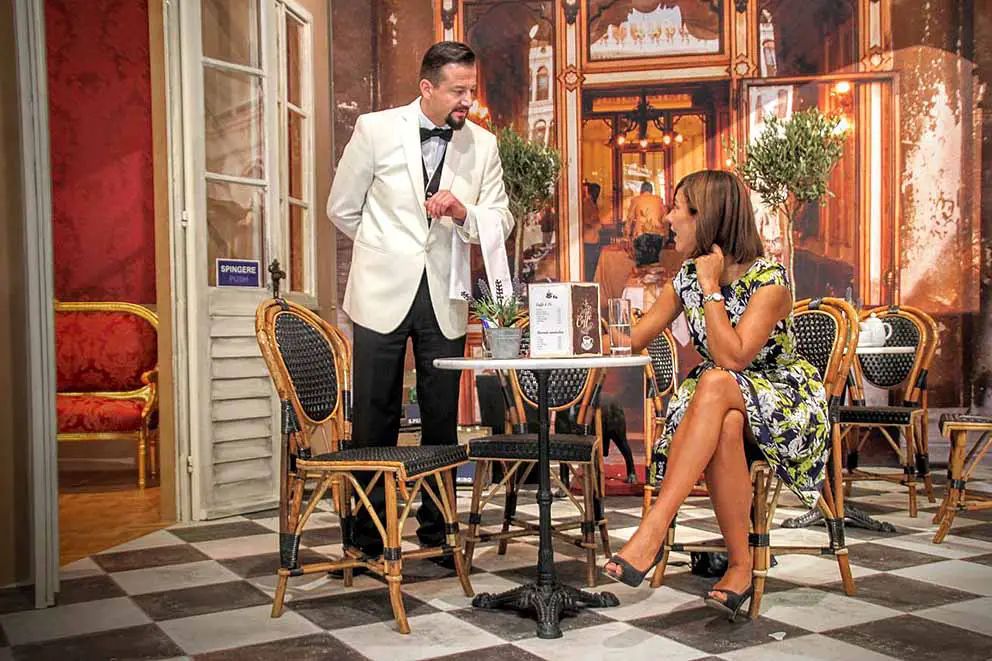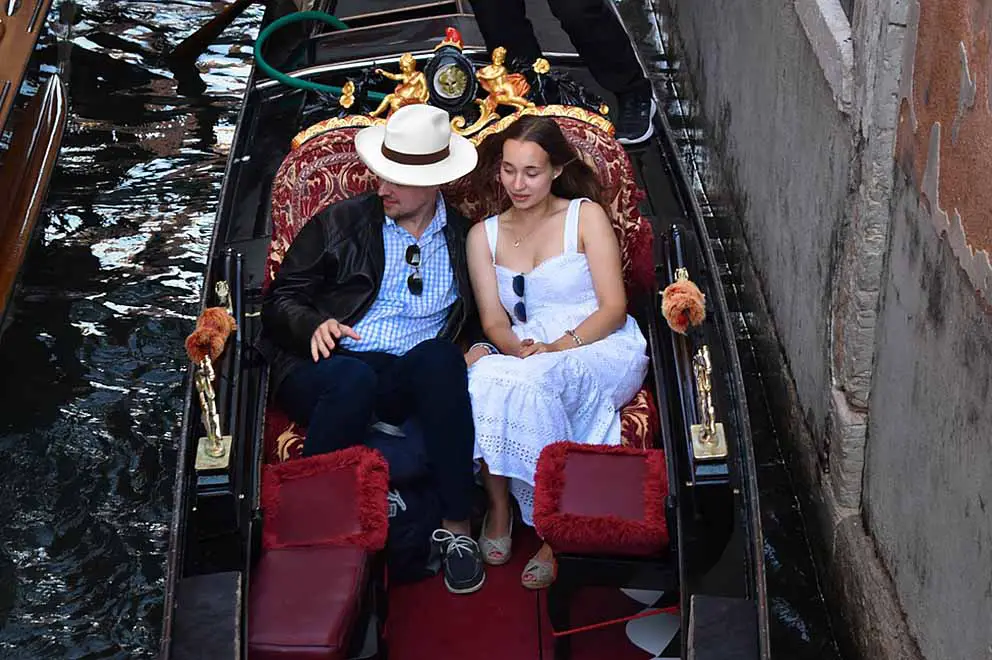When it comes to exchanging good wishes during Christmas time, for Italians, timing is key. Unlike other cultures, the Italian holiday season known as Christmas is a family event. So much so that there is a saying about it as well: “Natale con i tuoi; Pasqua con chi vuoi” (Christmas with your family, Easter wherever you want). In brief, so much focus is on family gatherings and an implied concept of union that Italians are willing to trade one holiday for another. This is what the saying expresses.
Of course, the timing aspect influences the way you use and formulate your Christmas wishes as well. So here is all you need to know to say Merry Christmas in Italian and ace every situation with native Italian speakers.
Table of Contents
- Before We Tackle The Subject of How To Say Merry Christmas
- Buon Natale – Merry Christmas in Italian
- Buone Feste – Happy Holidays
- Merry Christmas in Italian in e-Mails
- Un Felice Anno Nuovo — Happy New Year
- What about Christmas elves and other characters?
- 3 Italian Christmas customs you cannot ignore
- Conclusion
Before We Tackle The Subject of How To Say Merry Christmas

The average Italian family starts by hanging some garlands outside their front doors to get into the Christmas spirit. But for almost every Italian, the most iconic piece is the Christmas tree. Without it, it would not just feel the same. So, most families opt for a plastic one. Even if it is the tiniest plastic fir that you will ever see.
Do not let the sight of Christmas decoration fool you, though. In fact, when you say Merry Christmas in Italy matters as well! Given that every Italian spends this holiday with the people they love, saying Merry Christmas equals uttering parting words. After all, in Italy, you would only wish Merry Christmas on the first hours after midnight of the 25th of December. Or later during the day, if you skipped church and the midnight mass.
Buon Natale – Merry Christmas in Italian
Here is the literal translation of Merry Christmas. As mentioned, you would only use this expression during the 25th of December. Marketers and ads are also aware of these unspoken rules, so you will always see or hear slight variations that make it a more formal Christmas greeting.
The most common variations for postcards, ads, and written texts include:
- Auguri di Buon Natale — Merry Christmas Greetings
- Vi auguriamo Buon Natale — We wish you a Merry Christmas
- Tanti auguri di Buon Natale — Very Merry Christmas wishes
- Un Buon Natale e felice anno nuovo — A Merry Christmas and Happy New Year
If you say Buon Natale to an Italian acquaintance too early, you might hear in response: “Auguri anche a te. Ma ci vediamo ancora, no?” (Merry Christmas to you too. But we are catching up later, aren’t we?). Such a reply or similar response is to be expected. Mainly because you implied that, most likely, you are not going to see each other before Christmas. Use the following greetings to prevent any miscommunication.
Buone Feste – Happy Holidays
Wishing Happy holidays is the safest way to end a conversation during Christmas time. For one thing, Italians celebrate more than just Christmas. In fact, Natale doubles up with Capodanno (New Year’s Eve) and Epifania (Epiphany) in the short span of eleven days. Buone feste is the formal version of Tanti auguri, which retailers and colleagues may use to say goodbye to their clients.
Usually, Italians drop Buone Feste after New Year’s Eve. It is not customary to exchange wishes for Epiphany. But it would not be wrong to keep using it until the 6th of January. Epiphany is a holiday that’s all about receiving extra presents or (edible sugary) coal if you have been bad. As such, it is more for children than adults. More on this later when I explain the word Befana.
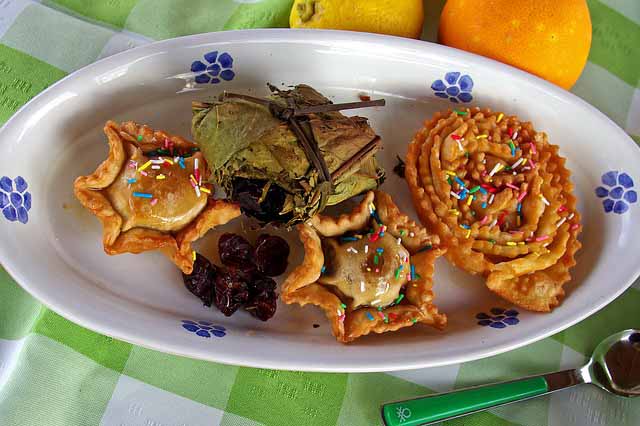
Merry Christmas in Italian in e-Mails
When sending a professional e-mail to customers or suppliers, writing an elegant wish adds a nice personal touch. For your convenience, you may use this sentence to end your e-mail before you sign it. Alternatively, you can modify it and use it as a closing statement to appeal to the reader before or after you put in the call to action. For example:
- Le porgo i miei più sentiti auguri di buon Natale con la speranza di risentirla al più presto.
I wish you a Merry Christmas and hope to hear from you soon.
In short, you wish the reader Merry Christmas and invite him/her to reply as soon as possible. - Aspetto la sua risposta quanto prima. Colgo l’occasione per augurare un sereno Natale e felice anno nuovo.
I look forward to your response as soon as possible. I take this opportunity to wish you a Merry Christmas and a Happy New Year.
Basically, you are asking for the same quick reply. But you add an elegant sentence to butter the reader up after a firmer request.
Un Felice Anno Nuovo — Happy New Year
If you want to wish someone a happy new year in Italian, you would say un felice anno nuovo.
What about Christmas elves and other characters?
Italian kids love mainly two Christmas characters. They are Babbo Natale and Befana. As you are going to find out, there are differences in the way the Italian society portrays the figure of Santa. You may be aware of the minor differences between St. Nick and Santa Claus. But the Italian version of Santa is a simple character that did not even have a sleigh with reindeers up until several decades ago.
Babbo Natale
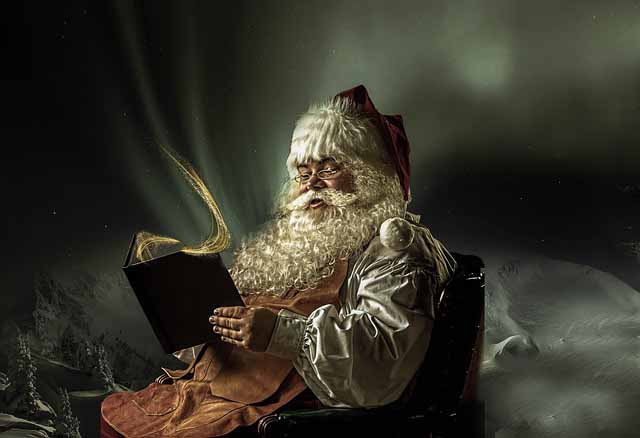
The word Babbo is the Tuscan word for father. In detail, it is the earliest form of a child’s word for father. The other being papà, which entered the Italian vocabulary in the eighteenth century (roughly 1800-1830).
Santa did not get his look until the Coca-Cola company flooded the market and television with its representation of the jolly Santa Claus. For Italians, Babbo Natale had no big waist or white beard. It was just a legendary figure that brought presents on Christmas. Today, however, the Santa Claus persona is the most recurrent in visual representation during Christmas in Italy.
Although the movie industry has introduced the presence of elves and reindeers in the Santa Claus myth, most Italian kids have never heard of Rudolph or Blitzen. The elves themselves conflict with existing ideas that make the standard Christmas elf more like an Oompa Loompa due to its appearance in television shows and movies and absence in general pop culture.
Befana
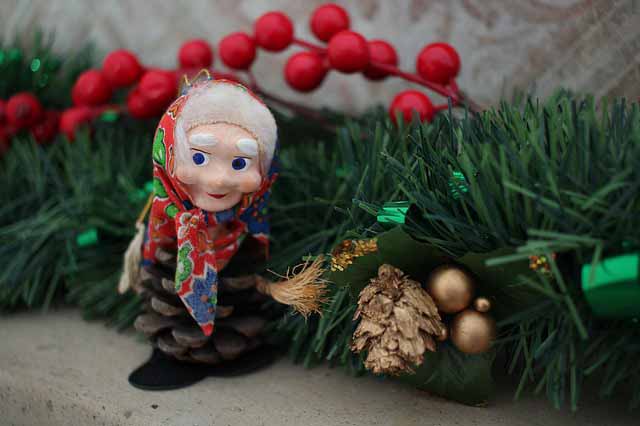
On the 6th of January, another legendary figure sneaks into Italians’ houses and leaves snacks and presents. This old lady is Befana (Figurative translation: old hag. Beware calling a woman a Befana because it will register as a mild insult!). According to tradition, Befana rides a broom and has worn-out shoes. To foreigners, she looks like a witch. But to Italians, she does not embody any mystical force or perform any spell.
As Babbo Natale does not have a list of good or bad children, it is up to Befana to let children know how they behaved during the last year. Every child receives gifts on Christmas. But a naughty one only receives (edible) coal on the 6th of January (Epiphany). Of course, many decades ago, they would receive real coal. But the confectionery industry saw an opportunity and took it, making edible sugar look like a small coal fragment.
You don’t talk about Befana without throwing in a calza in the conversation!
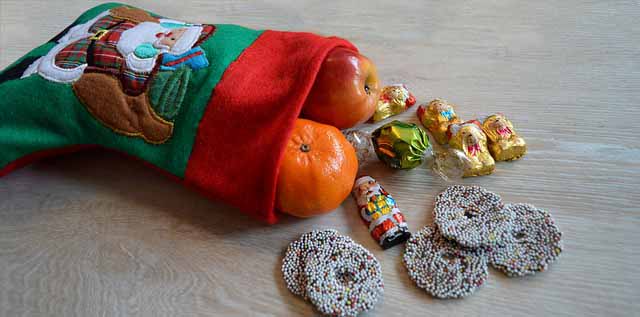
It is customary to hang a high sock somewhere for Befana to fill it with candies. Again, the confectionery industry regularly sells “calze della Befana” which are sock-shaped bags filled with branded snacks. Young parents may tell you they are off buying one of them or looking for one that meets their taste as there are quite a few to choose from in supermarkets and local shops.
In some Italian cities, Befana may slide or zip line from one of the many bell towers to entertain locals and tourists. Of course, she might as well sling some soft and light candy to the crowd before disappearing. She is usually depicted as a clumsy old granny, but her relationship with Babbo Natale is shrouded in mystery. She is not her formal wife or anything else. But their characters sometimes refer to each other in these public events.
3 Italian Christmas customs you cannot ignore
La letterina di Babbo Natale

Children write a letter to Santa to let him know what toys they want to receive. When you meet someone you meet with their children during Christmastime, ask them about their letterina (small letter). Usually, you ask if they already sent it first. After that, you would ask for its content. The parent’s reaction will follow and give life to a recurring social pattern that is typical of Italian families. By making these questions, you express your desire to bond with the other family. It also shows good manners. Just don’t do it if you see the parent is already in a bad mood.
Il presepe
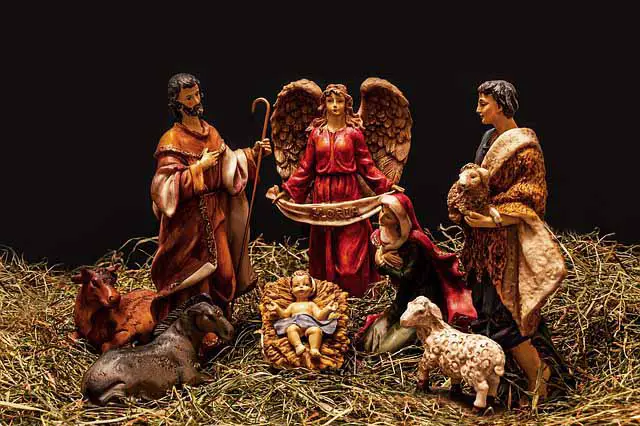
Depending on where the native Italian speaker is from, asking about presepe making could be a good conversation starter. A presepe is a household exhibition that depicts the Christian nativity scene . Many Italian families have boxes full of fake moss and figurines. In a way, it is like setting up a battle mat and terrain for wargaming. But the miniatures are way taller and, sometimes, professionally decorated.
In many Italian cities, the city itself sponsors or pays for the realization of real-size presepes. Enthusiasts like to buy new miniatures or add their own. In Naples, artisanal statuettes sell a lot during fall and winter. Often, the artists make unique miniatures portraying public figures, politicians, and international stars. It is a well-known niche market that generates media attention every year.
Panettone, pandoro e torrone
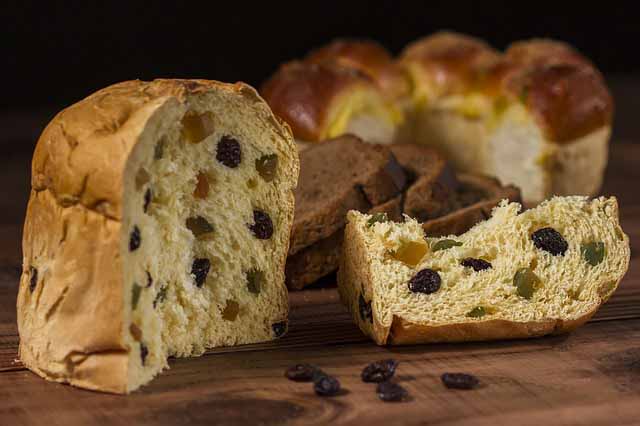
If you want to stay out of trouble this Christmas, never cross an Italian by starting a discussion about which one is better. Every Italian has its favorite Christmas pastry. But there are more variants than you could possibly imagine. So, be very careful when talking about them. Ask them which one they like and then agree. That is your safest bet!
Conclusion
Now that you know everything you need to know to celebrate Christmas in true Italian style, all that’s left for us is to wish you a Merry Christmas in Italian and a Happy New Year! Or, to put it more aptly
Auguro Un Buon Natale e Felice Anno Nuovo!

